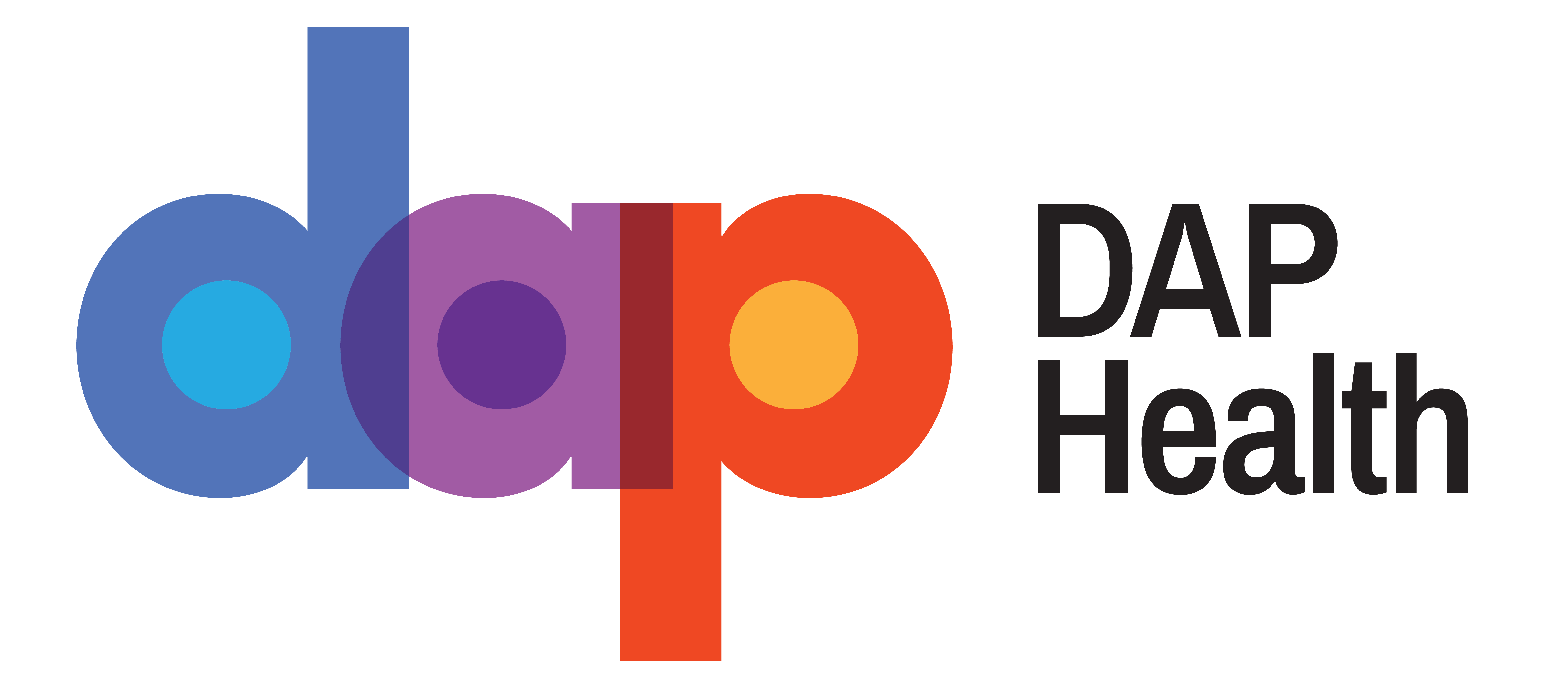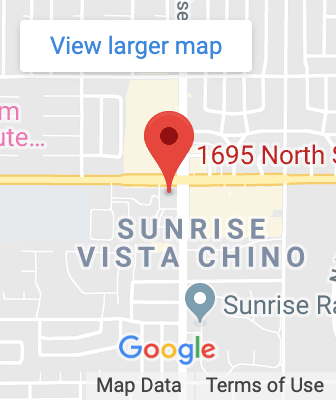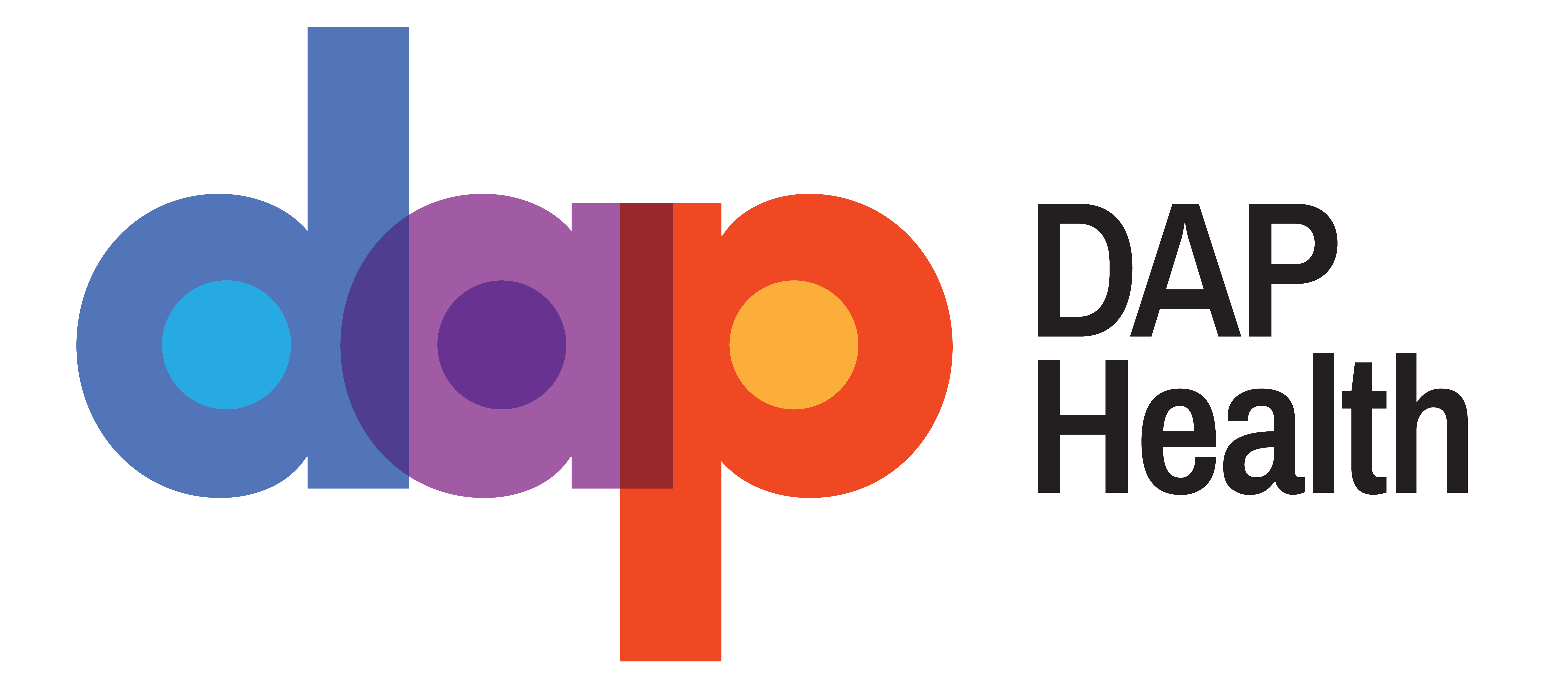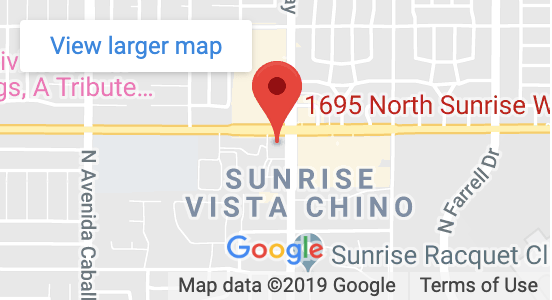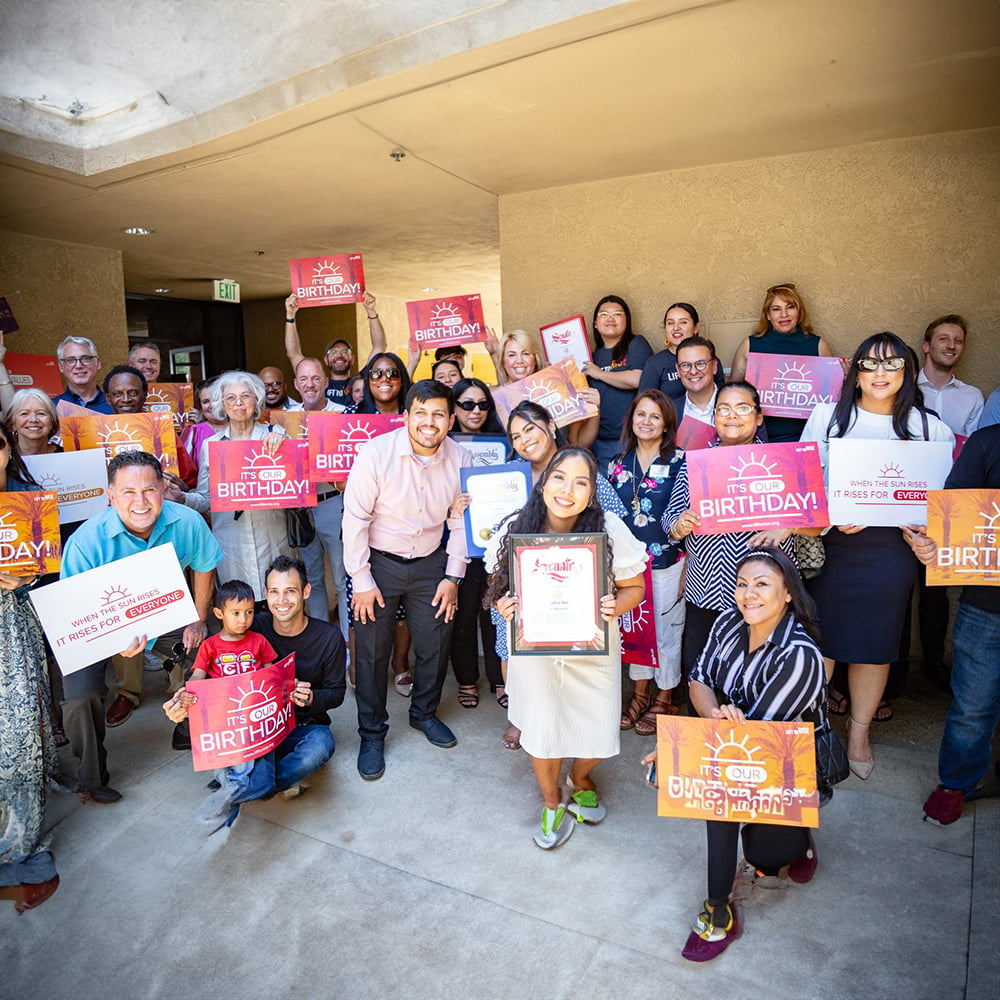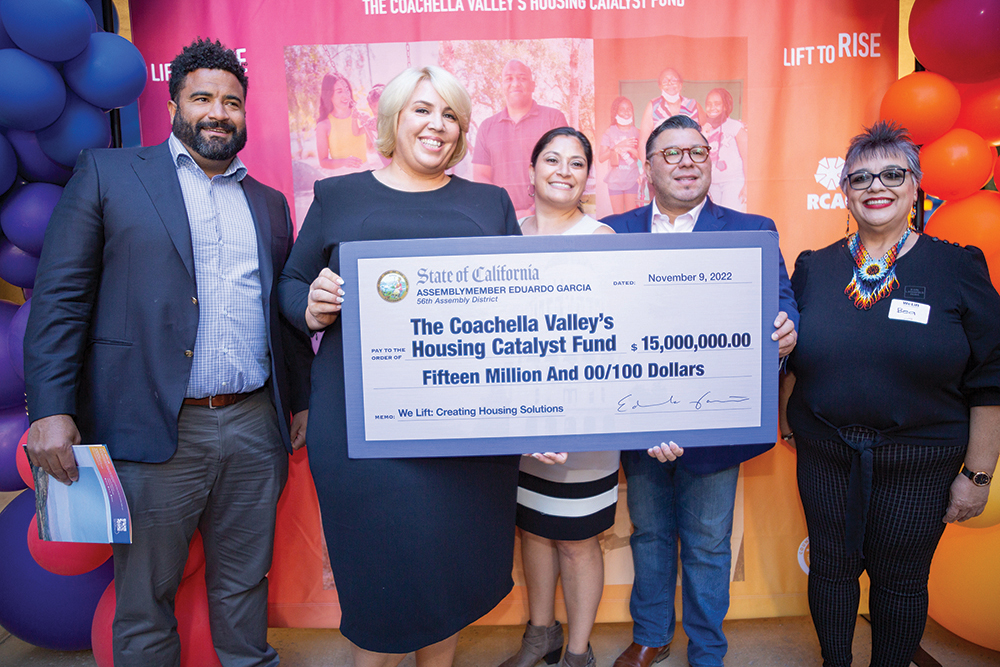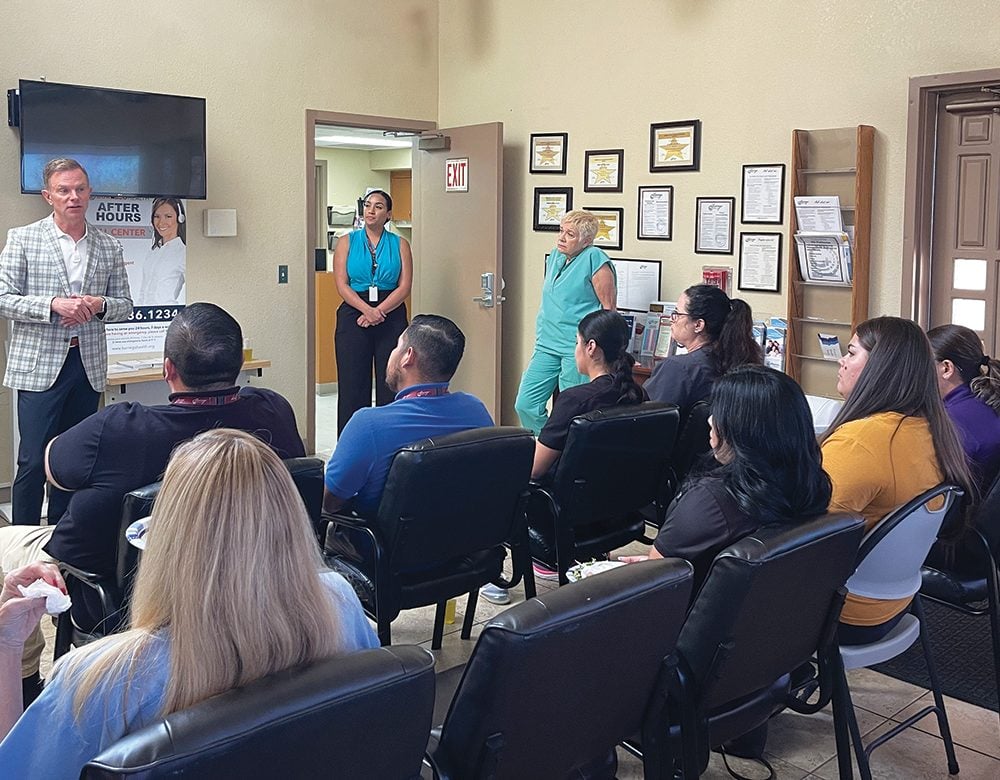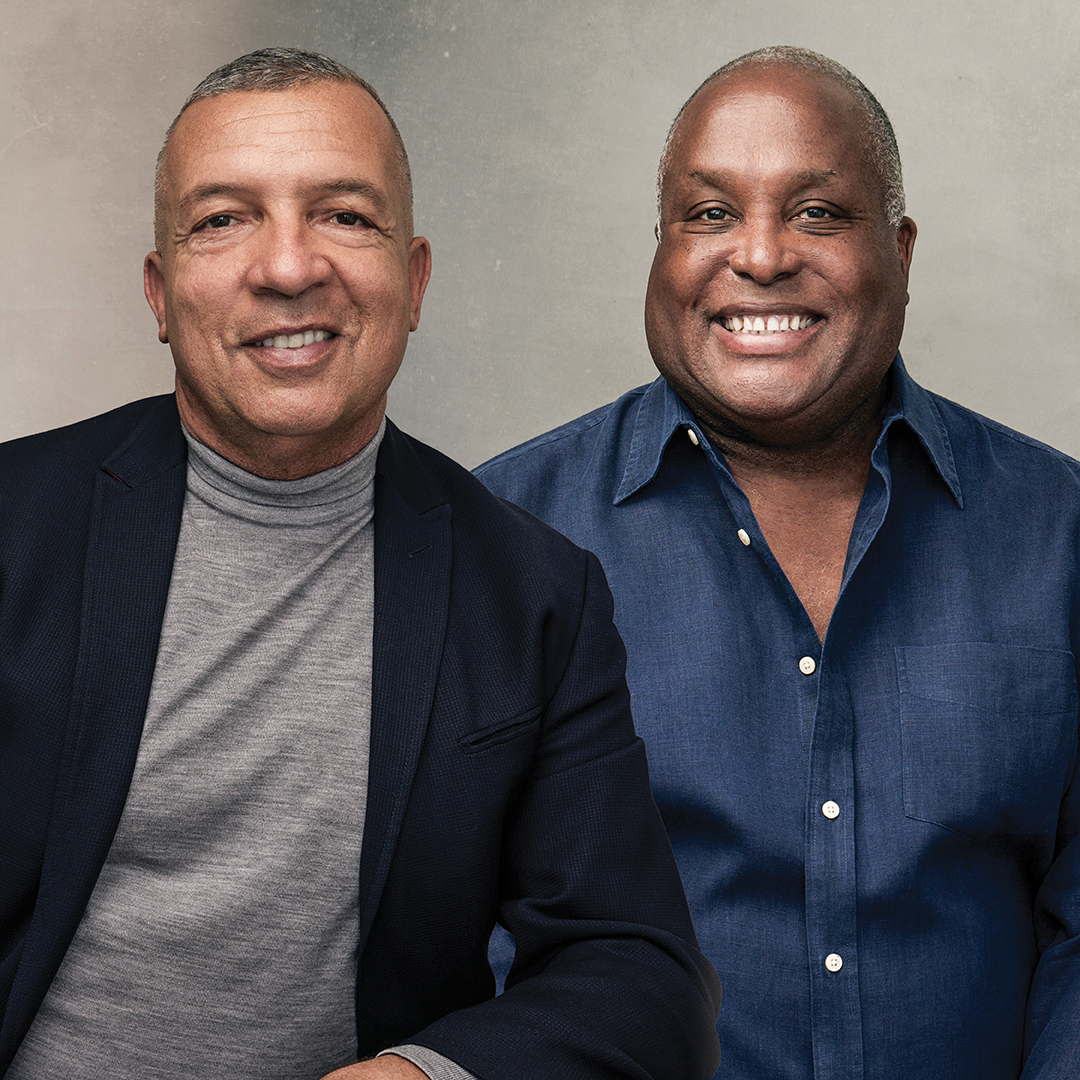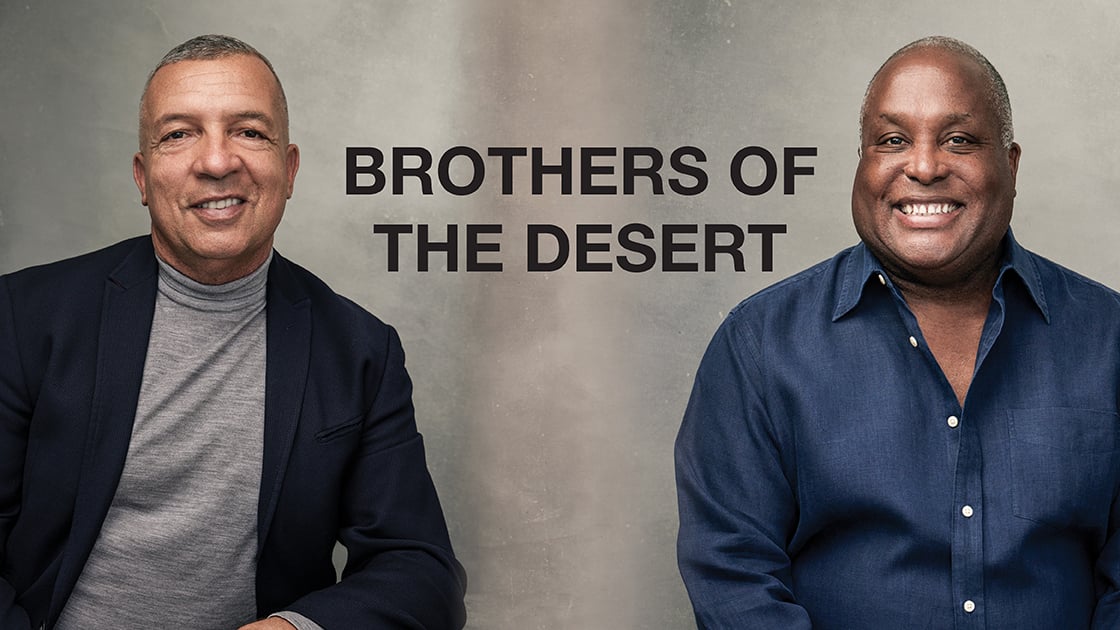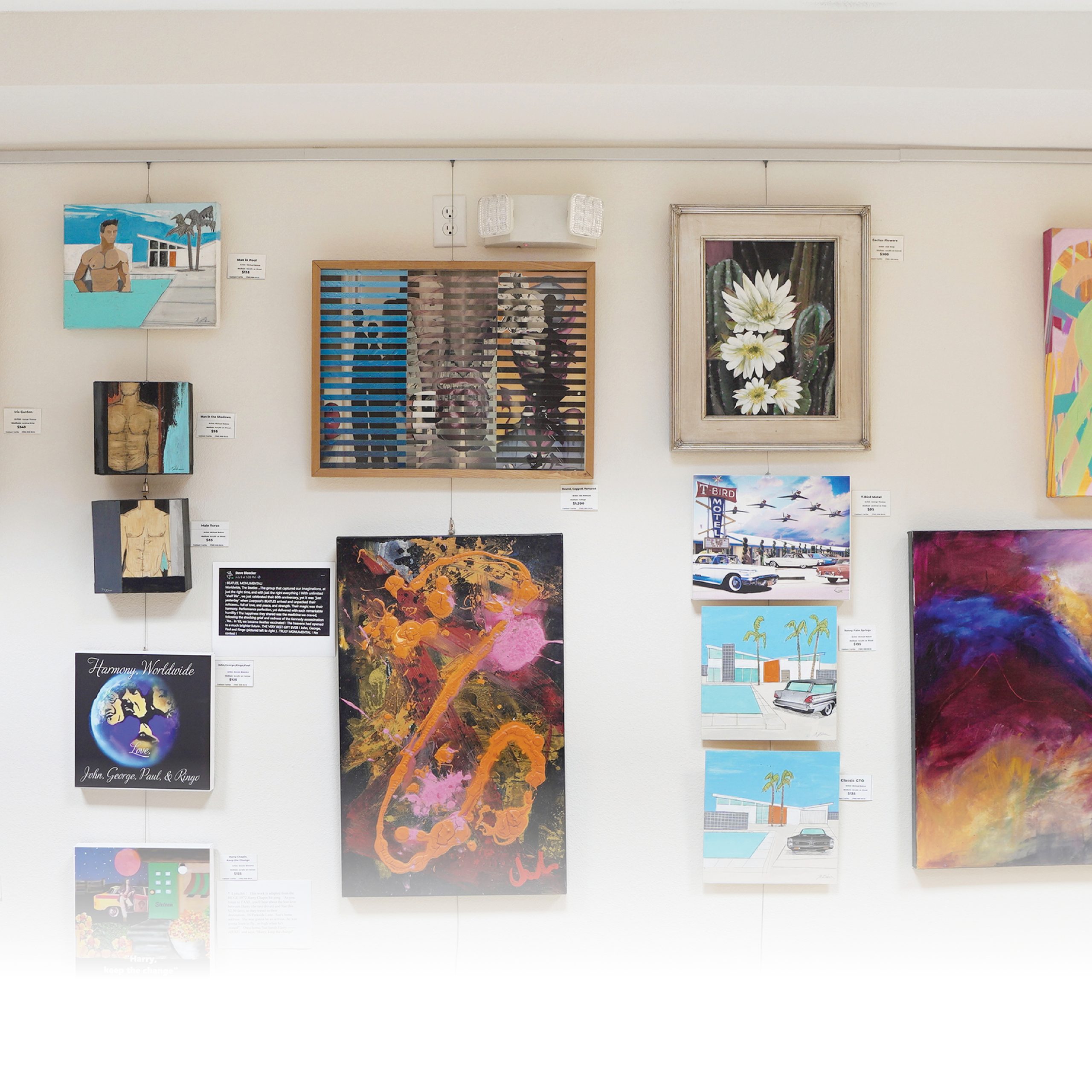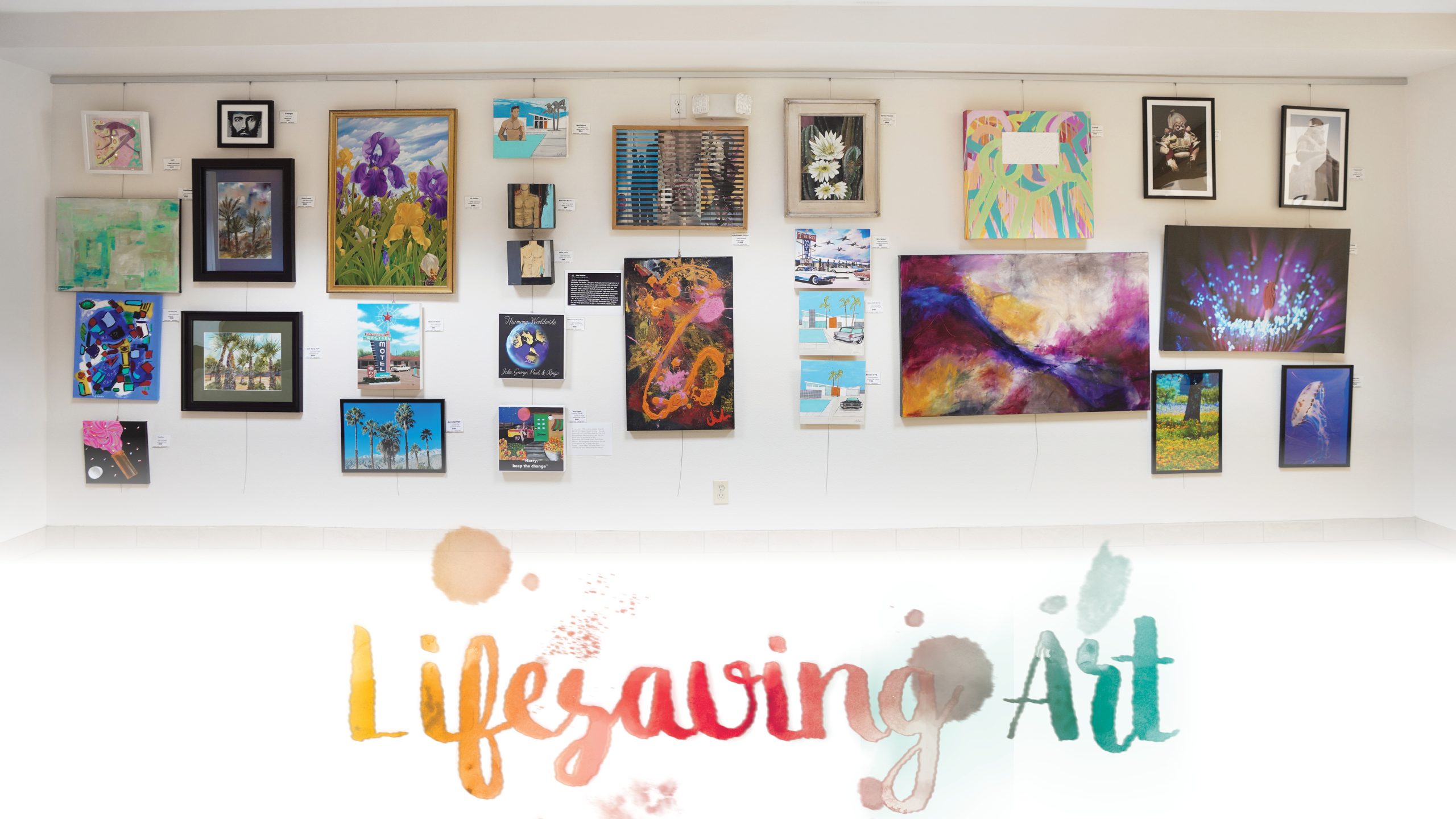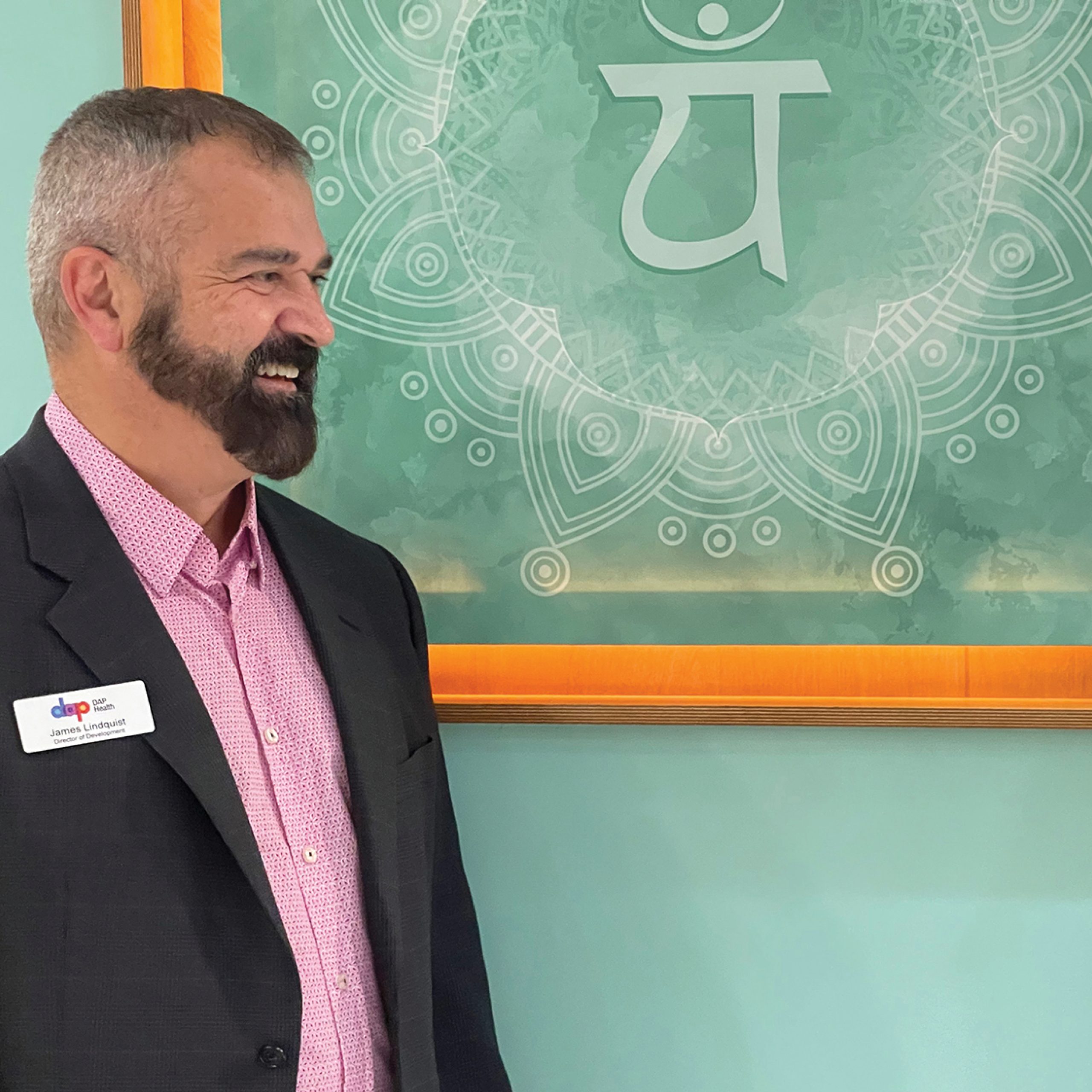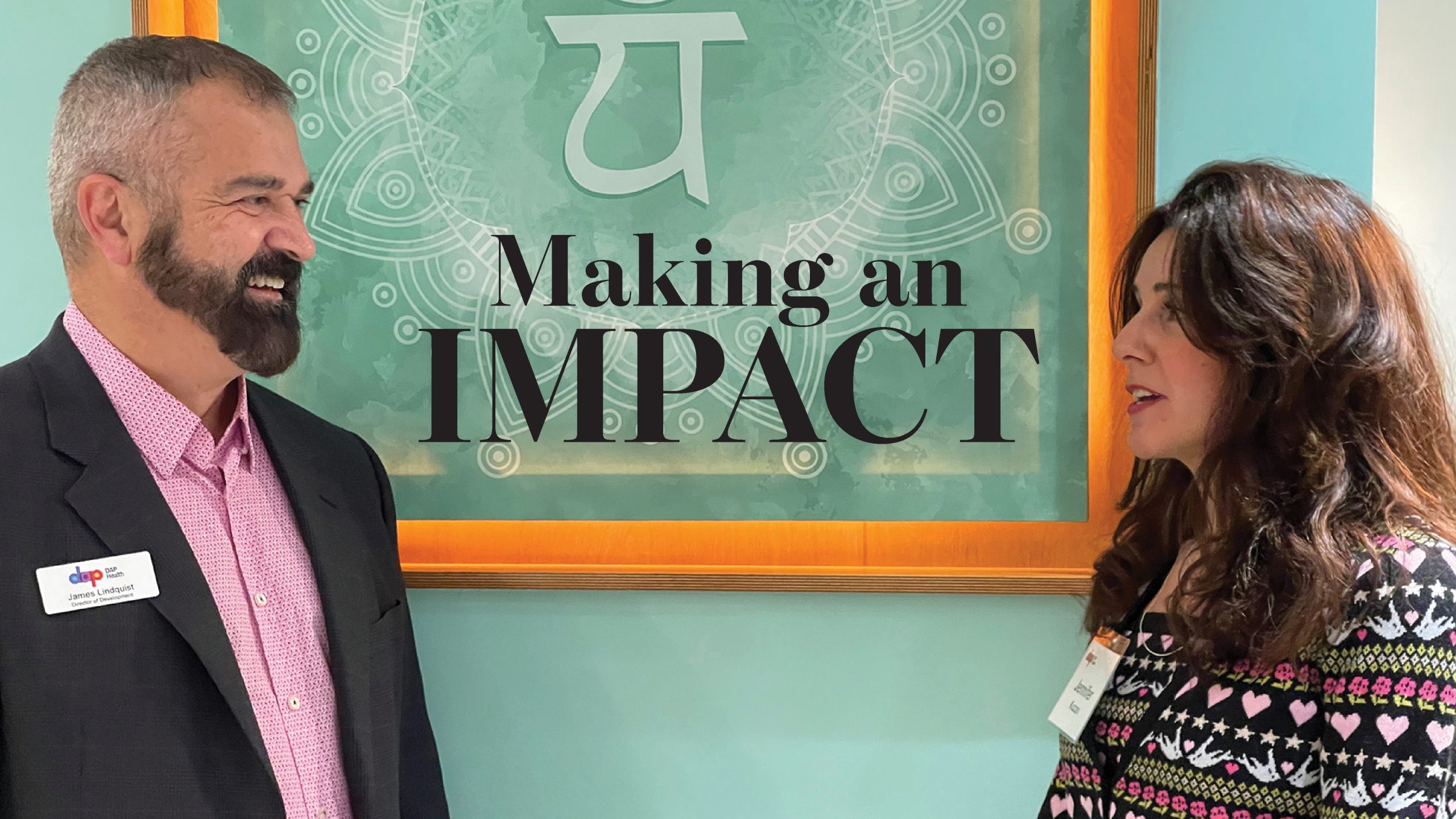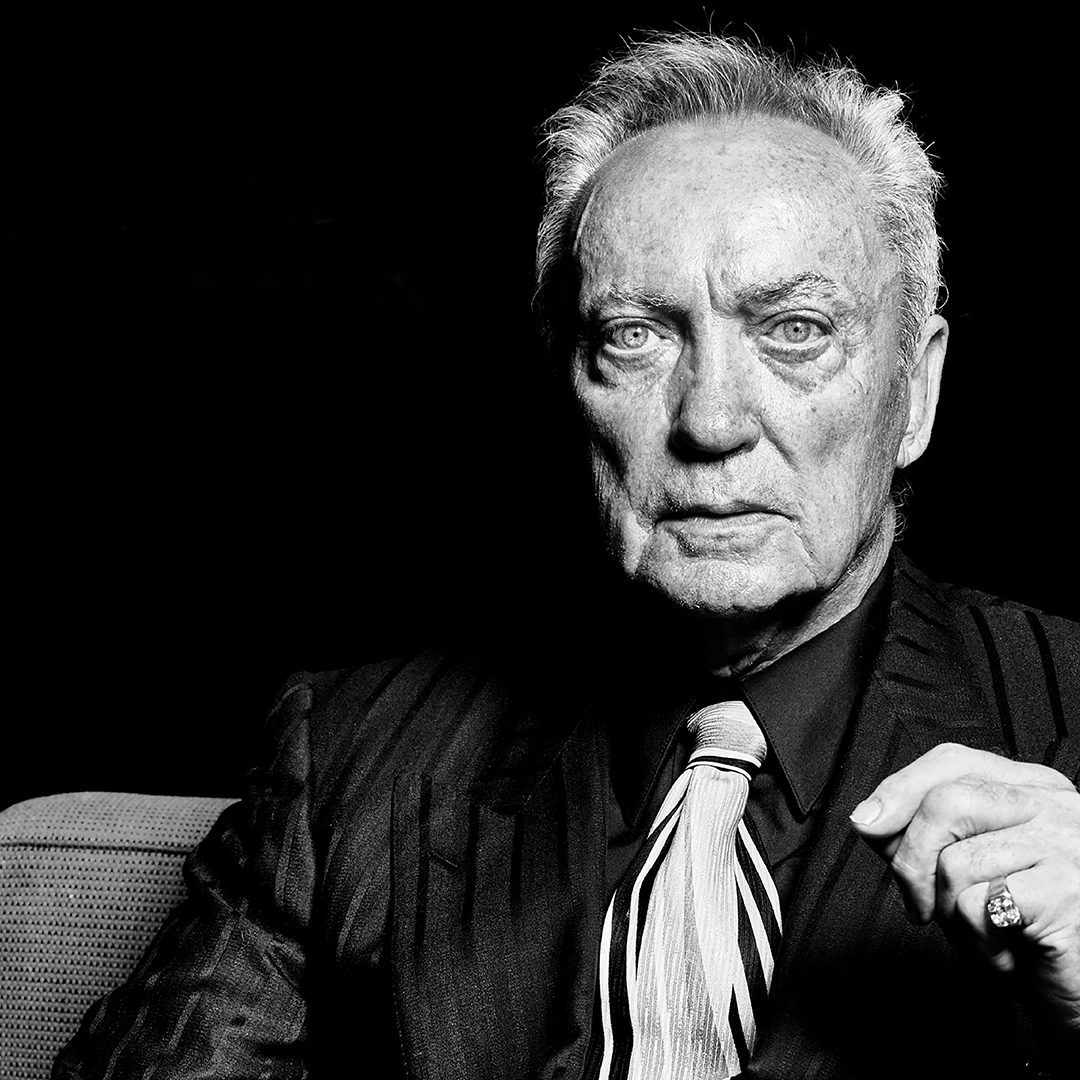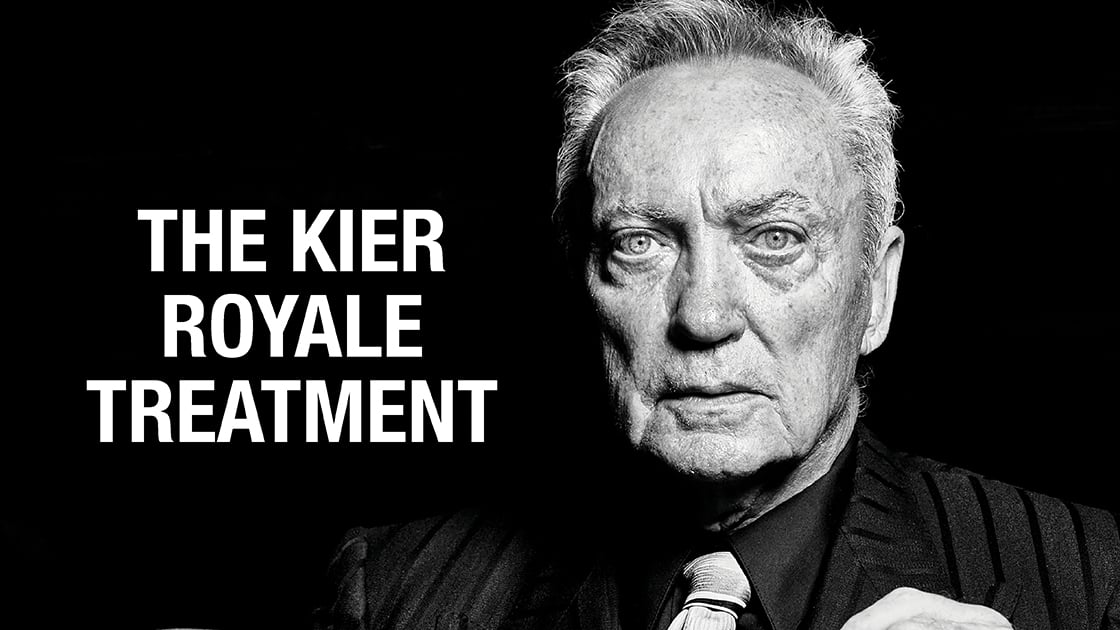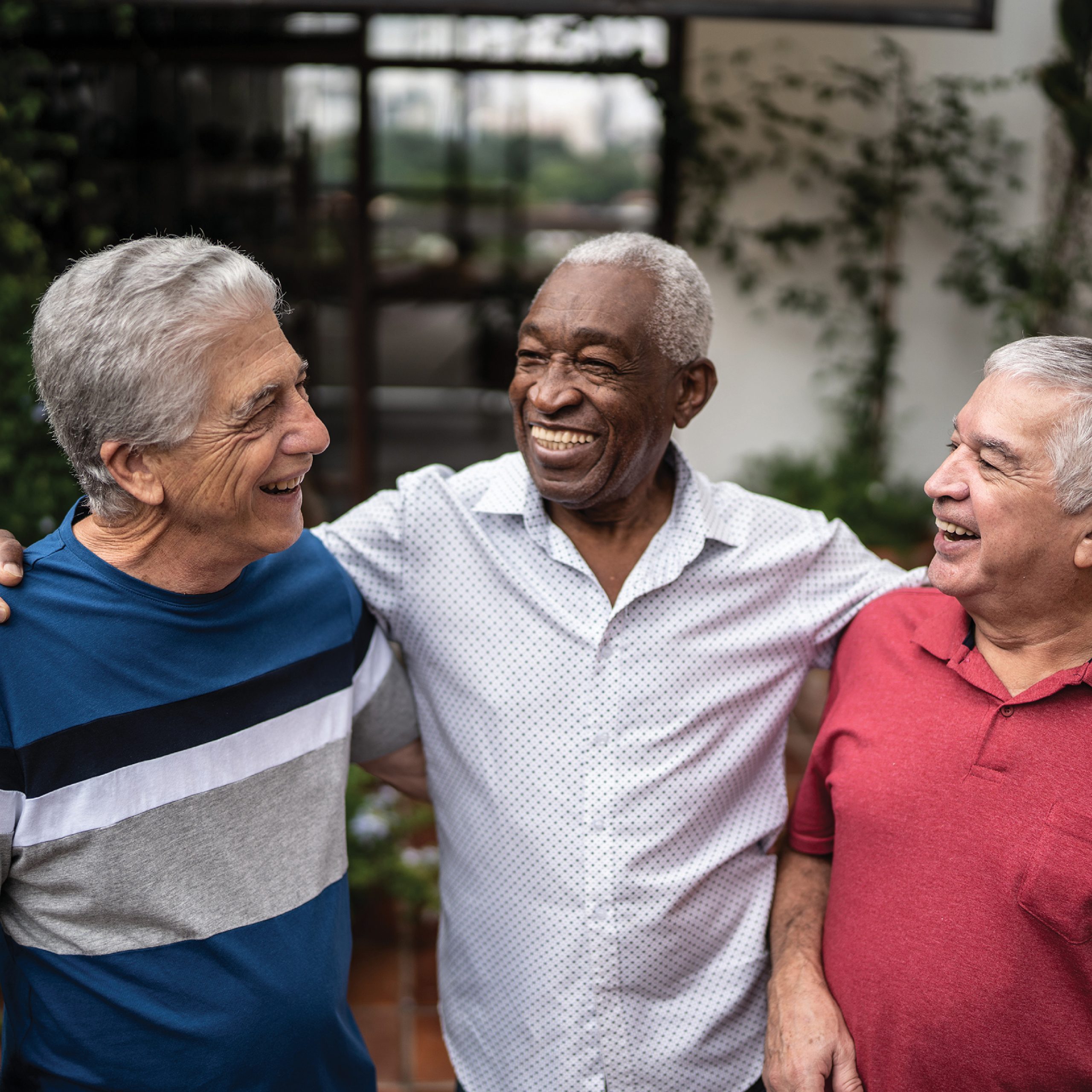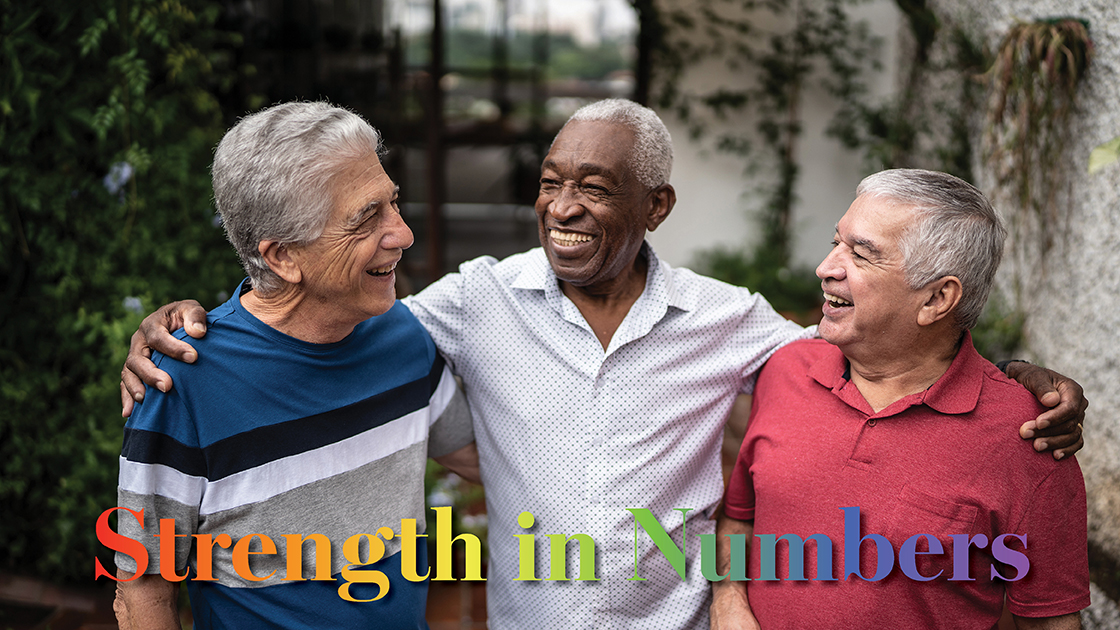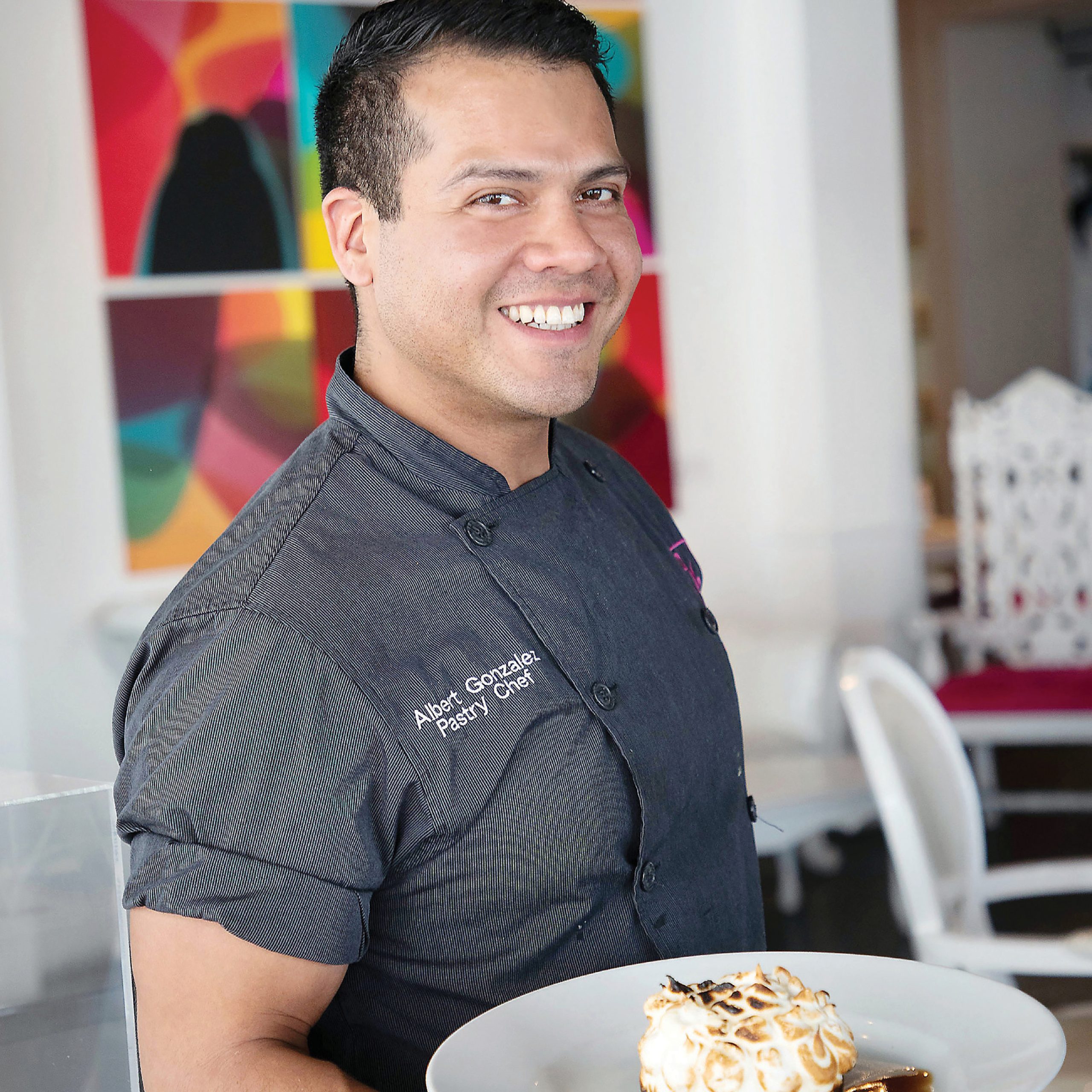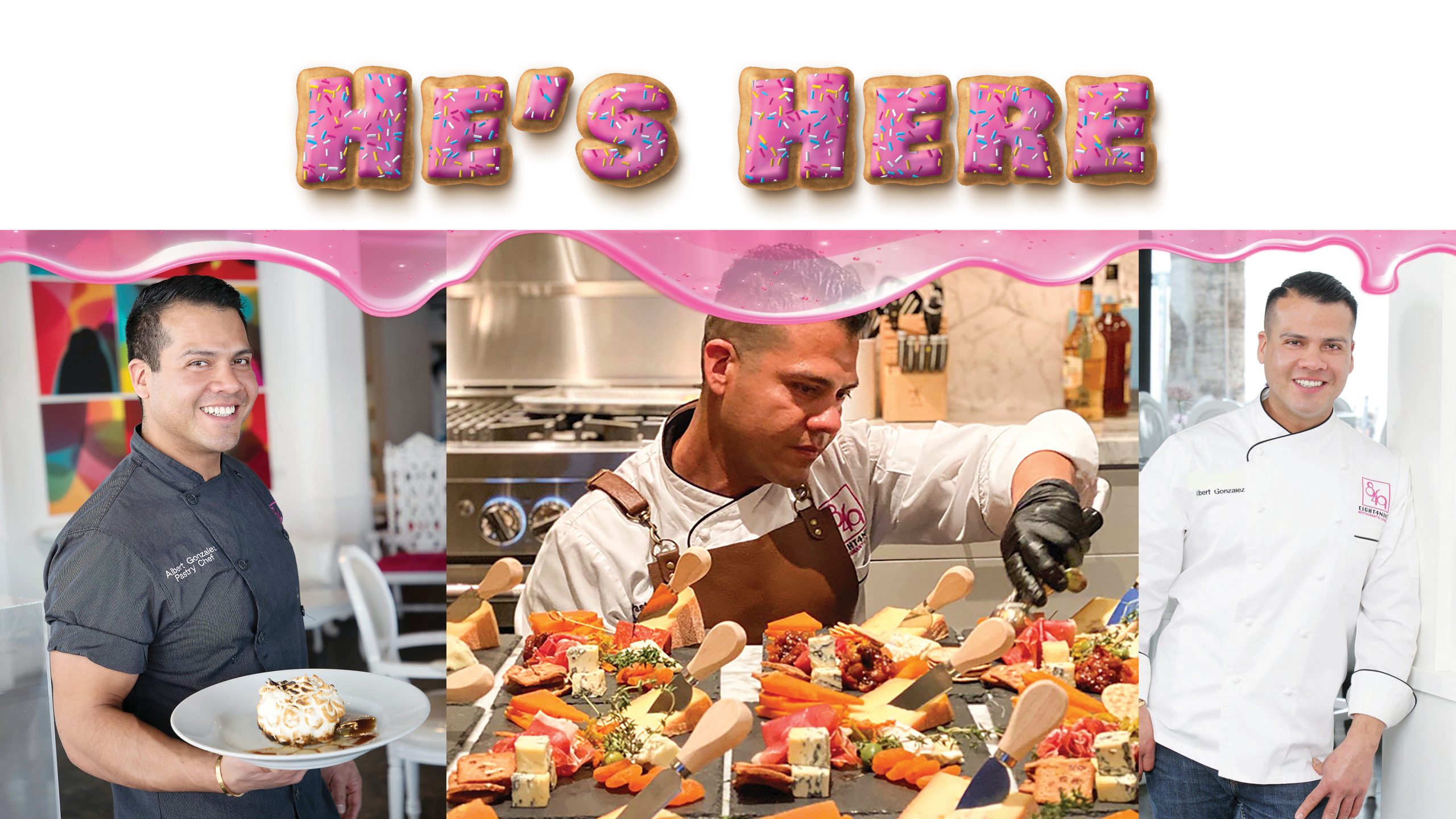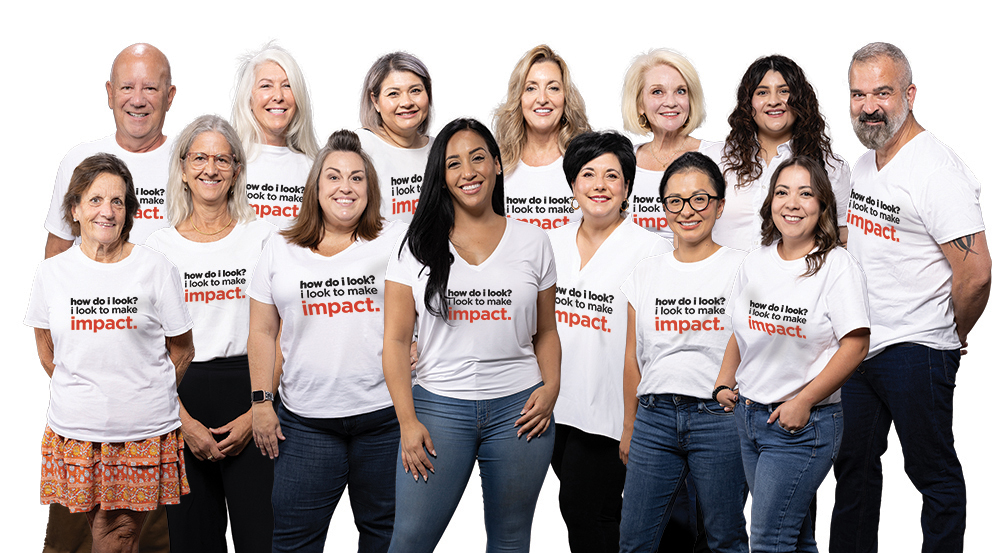
Where Barbie Fears To Tread
With “Barbie” being the biggest movie of 2023, it’s a perfect time to not only raise awareness, but to actually do something about the state of women’s care. It may surprise you to know that DAP Health is already the projected leader.
As seen in Issue 4 of DAP Health magazine
Words by Kay Kudukis • Photos by Zach Ivey
Whether or not you liked the movie “Barbie,” you have to admit it’s causing … feelings. But since neither Barbie nor Ken have genitalia, or any internal organs, it has kept some salient points, like women’s health care, from being explored on screen.
Still, they could have thrown in a scene where America Ferrera’s character chooses a blue razor over a pink one while explaining that the latter is, save for color, exactly the same as the former but that, since it’s marketed “for women,” it’s available at a 13% price hike. Or that in 21 states, feminine hygiene products are still taxed as luxury items — which is some very dark state humor. Both are victims of the unwritten “pink tax” that requires women to pay more for bare necessities.
The film’s all-girl Supreme Court screamed “goals” and, independently of “Barbie,” DAP Health thought that was a good idea too. There are now six women on the nonprofit’s board of directors, and we’ve “poked the bear,” so to speak, and asked them to weigh in with their experiences and concerns.
“You can find numerous stories where women ‘know’ there is an issue and they are ignored by their doctor,” says DAP Health Board of Directors Vice Chair Lauri Kibby, an investor and entrepreneur in Palm Springs. “As if the ‘hysteria’ label continues to exist — though much more subtle.”
If you’re late to the game, in the mid-20th century, women with “unexplained malaise” were diagnosed with hysteria.
Bottom line? We need a big wake-up call in the medical community, which even today has an astoundingly limited understanding of the intricacies of a woman’s body and how it relates to her well-being. “The medical profession has has been bound by the assumption that women’s health management and issues are similar to male health management and issues,” Kibby continues. “This could not be further from the truth. As a consequence, research methodologies, and even provision of care, has mimicked male health care, resulting in insufficient — and often delayed — diagnosis, and in many cases, the cause of serious prognosis or early death.”
Dignity Health St. Mary Medical Center Hospital President and CEO Carolyn Caldwell of Long Beach, also a DAP Health board member, calls attention to something of which many women are guilty. “They are often so busy taking care of their families, they forget to take care of themselves,” she says. “It is critical that the health care powers that be educate women on the importance of self-care.”
But many women are single parents who work, and seeing a doctor or having tests requires time off, not to mention the cost of childcare, so they skip it. That only compounds whatever ill might be silently brewing.
“Due to a historically patriarchal health care system, women are prone to increased and often untreated forms of heart disease, mental illness, cancers, and other complex medical issues unique to women,” adds Palm Springs’ Eve E. Fromberg-Edelstein, an attorney and partner at Fromberg Edelstein Fromberg who also sits on the nonprofit’s board.
NPR cites a study showing middle-aged women with chest pain are twice as likely to be diagnosed with a mental illness (instead of a heart condition) than their male counterparts, indicating women’s medical concerns are often dismissed at higher rates than those of men.
“Listening to women and responding to their concerns is a step in the right direction,” suggests Kibby, who also spearheaded DAP Health’s new Women of Impact initiative (see sidebar). “Training doctors and medical students that there are differences, and changing methods of research to include the biology of women, are all preliminary steps to changing the culture of women’s health care.”
“I will say this,” adds board member and Palm Springs business owner Athalie LaPamuk of her involvement in Women of Impact. “I was initially drawn to serving on this particular committee because, for the last eight years I have lived in the desert, I have continued to see my gynecologist in New York City once a year. That just seemed normal given the lack of women’s care options here. Hopefully, our women’s health initiative at DAP Health can change that. I think it’s been proven that a community is only as healthy as its women, so this is very important.”
DAP Health Associate Chief of Operations Nereida (Nedy) Terrazas served at Borrego Health for over 20 years, and has been involved in women’s health care since 2014. She comes into her new role within the integrated system with experience, ideas, and big plans, including practical ones such as moving from paper medical records to the much more efficient electronic ones. She also wants to address the issue of women missing appointments. “We are looking into an Uber health account so we can begin offering transportation services to our patients,” she says. Many families have only one car, and during clinic hours, the husband often uses it for work.
Terrazas seconds Caldwell’s concerns that lacking self-care is a major issue. “Your health should always be a priority,” she says. “Women tend to be the caregivers and make the health care decisions for our families. If we’re not well, who will replace us? Preventative care keeps us healthy so we can take care of our families. We cannot afford to skip it.”
Professor Karyl E. Ketchum, Ph.D. — who also serves on DAP Health’s board — is the department chair of women, gender, and queer studies at California State University, Fullerton. She brings good tidings: “Healthy women are better able to engage in economic activities, both within and outside the home, contributing to increased household income, economic growth at the community level, and improved living standards.”
With such strong and strongly empowered women in place within its leadership and workforce, DAP Health (which estimates that more than half of its patient population is female) is set to galvanize women throughout Southern California thanks to much-needed improvements in female-specific health care. What a perfect premise for a … “Barbie” sequel!
Fade in:
Palm Springs Barbie, in vintage Bob Mackie, sips a chilled beverage in her immaculately appointed Midcentury Modern doll house as Pregnant Midge gushes over the award-winning, holistic, patient-centric care she is receiving at DAP Health.
Barbie is inspired to create an “In the Pink” world tour, and to kick off her opening speech, she uses the words of yet another member of DAP Health’s governing body in Palm Springs, U.S. Soccer Foundation Chief Revenue Officer Ginny Ehrlich: “So many are headed in the wrong direction when it comes to women’s health. But not DAP Health. Instead of stripping women of their ability to determine what’s right for their own bodies and well-being, we are offering them the respectful and comprehensive health services they need … and deserve!”
Greta Gerwig, call me.
Sidebar:
Women of Impact, the newest initiative for DAP Health, came together through the passion of a powerful group of community, board of directors, and staff members dedicated to setting the “gold standard” of health care for women and children in our community.
“We all know there are severe gaps and barriers to good quality care for the women in our community and the families they care for,” says WOI Chair and DAP Health Board of Directors Vice Chair Lauri Kibby. “Our goal with Women of Impact is to fund programs that will address those gaps and educate the public about how they can be part of this movement.”
You can join Women of Impact — or get more information about the WOI tours that began this fall at Centro Medico Cathedral City — by contacting Chas Kidder at [email protected].
Caption: DAP Health PrEP Navigator Livi Moreno photographed by Zach Ivey in a dress by Peepa’s Palm Springs from Revivals.
Caption: DAP Health's Women of Impact Committee members photographed by Zach Ivey.
